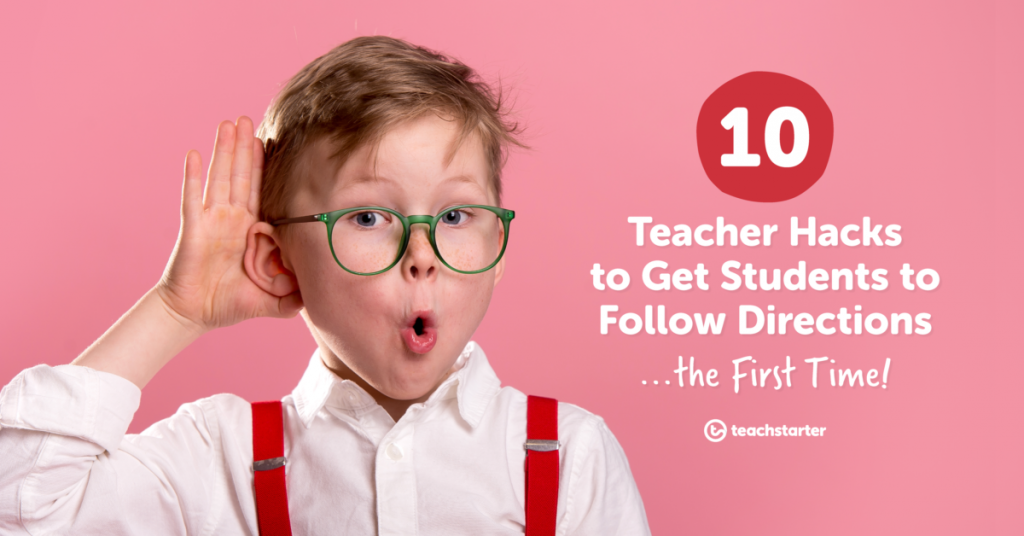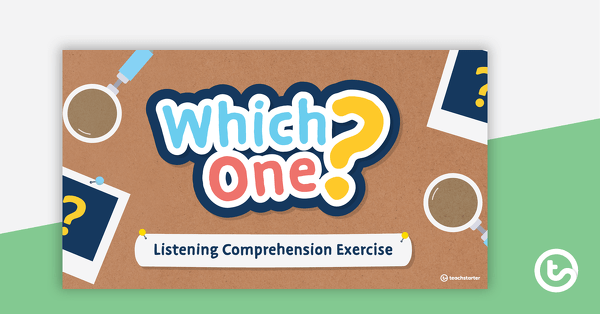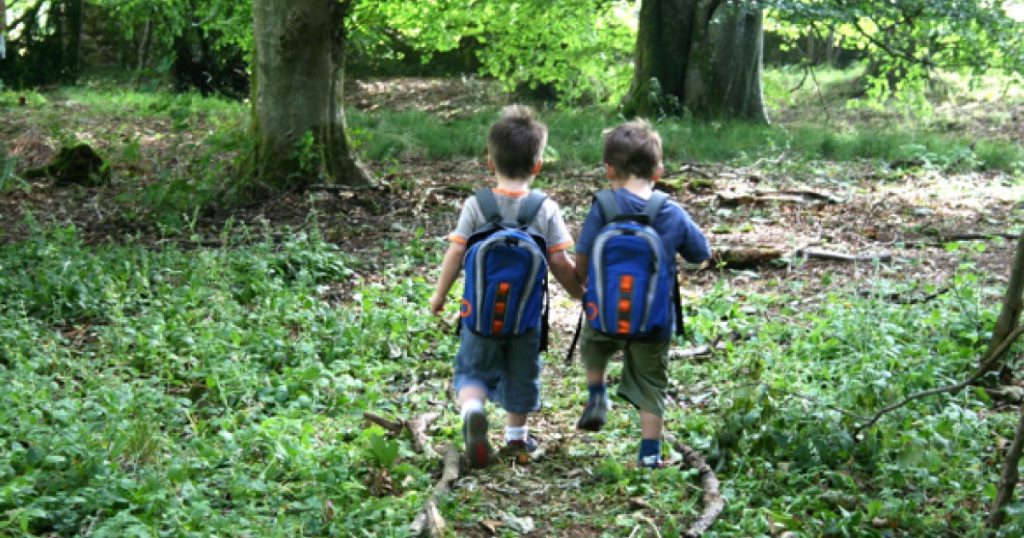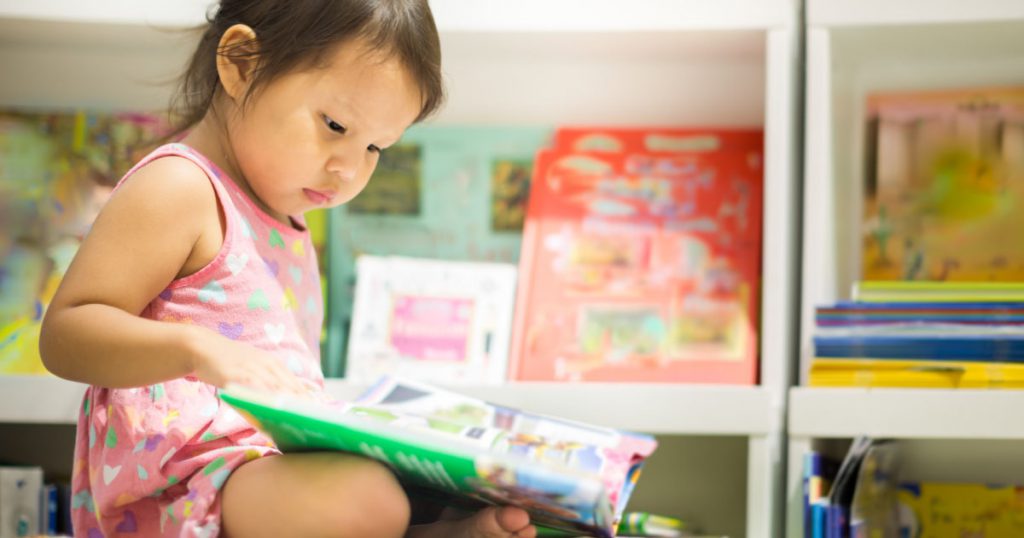We’ve all been there… we’ve had a shocker of a day and all we can say is – ‘They just don’t listen to my directions…’ But, this won’t improve if we harp on about it to them and show our frustrations. We need to get creative and support our students so that they have all of the tools to listen the first time. In this blog, we highlight a few easy wins when it comes to getting students to follow directions… the first time!

Shutterstock.com / Monkey Business Images
How to Get Students to Follow Directions
It’s easy to blame the students… they are just terrible at listening and just don’t follow directions! We see it all over social media through memes all the time. However, there are some teacher-tested hacks that you could try that may help your students to follow directions and listen to instructions. You may find that a couple of these suggestions work really well together. For example, you may use visual direction cards, a lower voice, and the magic word. It’s about adapting to suit the needs of the students in your class and a little bit of trial and error.
(1) Use Visual Direction Cards
No matter the age, everyone benefits from having visuals to help them remember directions. Using visuals supports your students to undertake tasks more independently. Print out a set of Visual Direction Cards and stick a magnet to the back of each of the direction cards. Then, they are ready to be stuck on the whiteboard board each time you are giving a set of instructions. You can then write additional words beside the direction cards or number each direction for students to use as a visual reminder throughout the task.

You may like to check out our Visual Instructions Cards.
(2) Lower Your Voice
I know this sounds strange, but it’s quite common for teachers to increase the volume of their voice when they’re wanting students to listen. However, a loud voice is unpleasant and almost too easy to hear. This will often cause students to look away and get distracted by other things as they think they’ll hear the directions regardless – because you’re speaking so loud!
When I was in the classroom, I would often lower my voice, speaking just loud enough for the students to hear – they instinctively stop moving around and lean in to listen. It also helps you to remain calm.

Shutterstock.com / Krakenimages.com
(3) Use a Magic Word
This is a great little hack for primary-aged students. Pick a silly word like – ‘hotdog’. Tell the students that they must not move or lift a finger until they hear you say the silly word.
For example:
- Say to the students – “When you hear our magic word which is…?”
- Students respond with “Hotdog!”
- Continue on with your directions – “You’re going to need your English book (red dot book), a sharp pencil, an eraser and then pop your hands on your head when you’re ready… HOTDOG!”
Students will often listen intently waiting to hear the magic word, you can change the word every week and get the kids to pick the word – this gives them more ownership in the process as well.

Shutterstock.com / Monkey Business Images
(4) Have some fun – Sing!
Sing your directions to the kids! Obviously, this works better for the younger year levels. It’s often best to pick a tune that both you and the students know, such as Old McDonald Had a Farm, then sing the directions to that tune. No need to get caught up in the musicality of it, the more ridiculous the song the better!
There’s just something about singing that will alleviate any stresses or frustrations too – so it helps both you and the students!

Shutterstock.com / Halfpoint
(5) Act It Out!
Have students stand up and act out each of the directions. If, for example, one of the directions is to use the glue only in the corners of the worksheet rather than the whole page, have students act out just putting a ‘dot’ of glue on the worksheet.
(6) Repeat to a Partner
A lot of websites talk about the importance of students repeating the instructions back. One suggestion is to have the students repeat the steps to a partner. Give them a number of steps that they will need to repeat back. This is also a great way for you to check in and ensure students have been able to remember the directions.

Shutterstock.com / antoniodiaz
(7) Use Nonverbal Hand Signals
Using nonverbal communication to help your students to listen to instruction is also a quick and easy addition to your instruction time in the classroom.
Here are some suggested signals:
- Ask students to show their understanding by a simple thumbs up or thumbs down.
- Have students ‘turn on’ their ears by twisting them – this signifies it’s important to listen at that exact time.
- Also, as the teacher, you can pop your hands behind your ears and make eye contact with a student or couple of students who you feel aren’t 100% focused. This is a nice subtle way of keeping everyone on track when it’s time to listen to instructions.

Shutterstock.com / Tom Wang
(8) You Need to Teach Listening Skills
Listening skills don’t just develop naturally; whilst there is an element of age development when it comes to attention span, kids won’t all of a sudden develop good listening skills. You need to set aside time to support their listening skill development. Giving them time to learn how to listen effectively.
There are many great listening activities for kids that you can incorporate into your day.

The goal of this listening game is for the listener to produce work that is close to being identical to that of the speaker.
(9) Use ‘Wait Time’
After giving one direction – use some wait time (approx 3-7 seconds) before going on to the next instruction. Research shows that young children process what you have to say better when they let it sink in.
Such a simple concept – but sometimes as teachers, we try to fill in the set explanation time with as much information as possible, as we’re worried we won’t have the students’ attention for long. But, using ‘wait time’ actually makes more sense!

Shutterstock.com / antoniodiaz
(10) Be precise and Number
Be precise with the instructions you are giving to your students. Sometimes your students have heard the direction – however, don’t know where to start. You may find breaking the instructions into smaller, more manageable tasks will be easier for your students to digest – also numbering them helps with the order.

Shutterstock.com / hxdbzxy
And there you have it – some super easy and quick ways to help your students follow directions.
We’d love to hear what you have found works in your classroom – share in the comments section of this blog.
The post 10 Teacher Hacks to Get Students to Follow Directions… the First Time! appeared first on Teach Starter.







